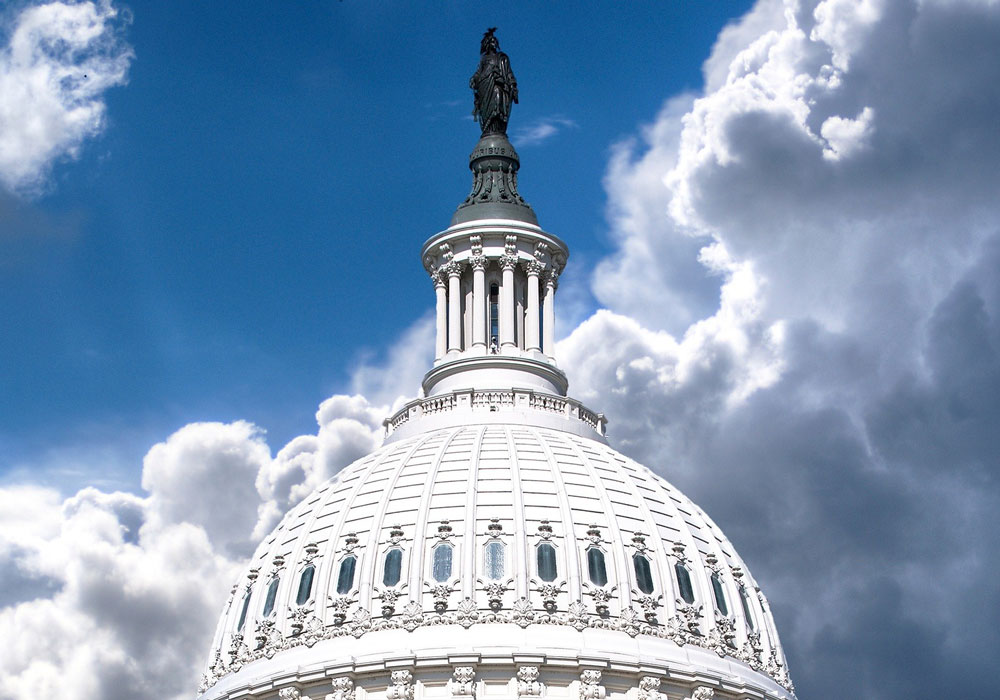Preventing overdoses—from any substance, but particularly opioids—is an urgent need during the U.S. opioid epidemic that involves a four-step process: prevention, harm reduction, treatment, and recovery, U.S. Department of Health and Human Services (HHS) Secretary Xavier Becerra announced. HHS released a new overdose prevention strategy in October 2021 to increase access to services for patients and their families who use substances that can put them at risk for overdose.
The strategy, which builds on the Biden-Harris administration’s drug policy priorities and actions, focuses on four key tactics. The strategy recommends goals and activities for each tactic that promote awareness of prescription overdoses and patient safety:
Primary Prevention
- Support research and surveillance to develop and improve delivery of preventive interventions.
- Facilitate the implementation of evidence-based primary prevention across the lifespan.
- Support development of and promote evidence-based treatments to effectively manage pain.
- Reduce clinically inappropriate prescribing of medications with misuse potential.
Harm Reduction
- Advance research and demonstrations on innovative harm-reduction approaches.
- Promote evidence-based harm reduction services and integrate them with healthcare delivery.
- Expand sustainable funding strategies for harm reduction services.
- Develop educational materials and programs to reduce stigma.
Evidence-Based Treatment
- Support research on and development of new treatments and strategies to improve engagement and retention in care.
- Broaden access to evidence-based care that increases willingness to undergo treatment.
- Increase the uptake of evidence-based treatment delivery that improves engagement and retention in care.
- Promote evidence-based integrated care for people with co-occurring conditions across lines of service and care settings.
Recovery Support
- Enable access to and encourage use of integrated recovery support services.
- Improve the quality of coordinate recovery support services.
- Strengthen the recovery support services workforce.
- Research and identify best practices for recovery support services and strategies to sustain these services.
“The strategy recognizes that the full continuum of integrated care and services are needed to help prevent substance use, expand quality treatment, and sustain recovery from substance use disorders, all while emphasizing the department’s commitment to helping historically underserved populations,” HHS said. “The strategy also breaks new grounds by providing coordinated, federal support for harm reduction and recovery support, which have been supported by grassroots efforts for decades.”
To implement the strategy, HHS urged federal, state, and local governments to work with their communities and healthcare professionals to remove barriers to high-quality care, invest in public health and safety activities, embrace the interventions, and advance equal access to care for underserved populations.
“With this new strategy, we’re breaking new ground to address the full range of drug use and addiction that can result in overdose and death. We’re changing the way we address overdoses,” Becerra said. “Our new strategy focuses on people—putting the very individuals who have struggled with addiction in positions of power. And thanks to the American Rescue Plan, we can address what so many people have seen in recent years: a rise in overdoses that can risk a person’s life—and affect their entire family.”






